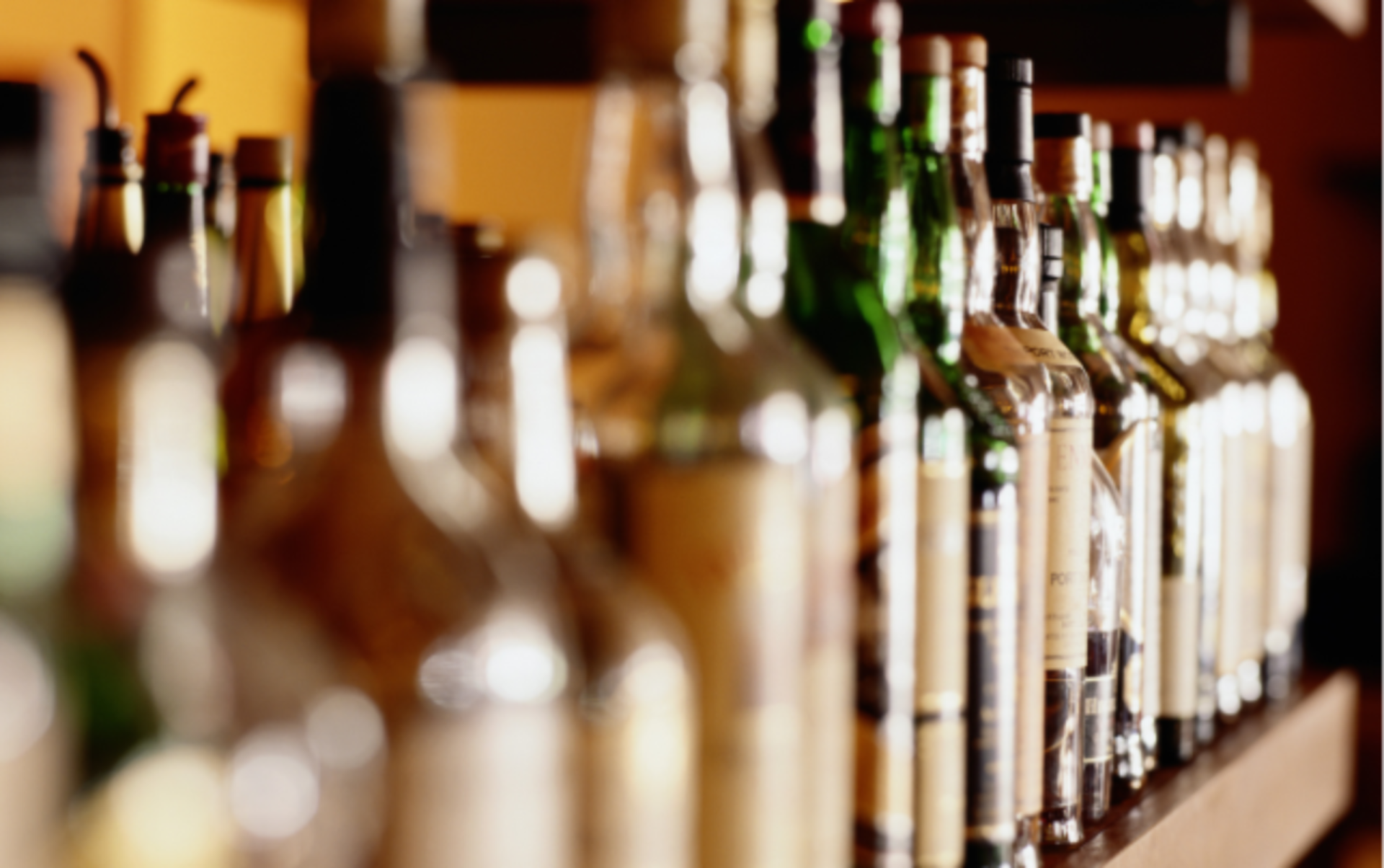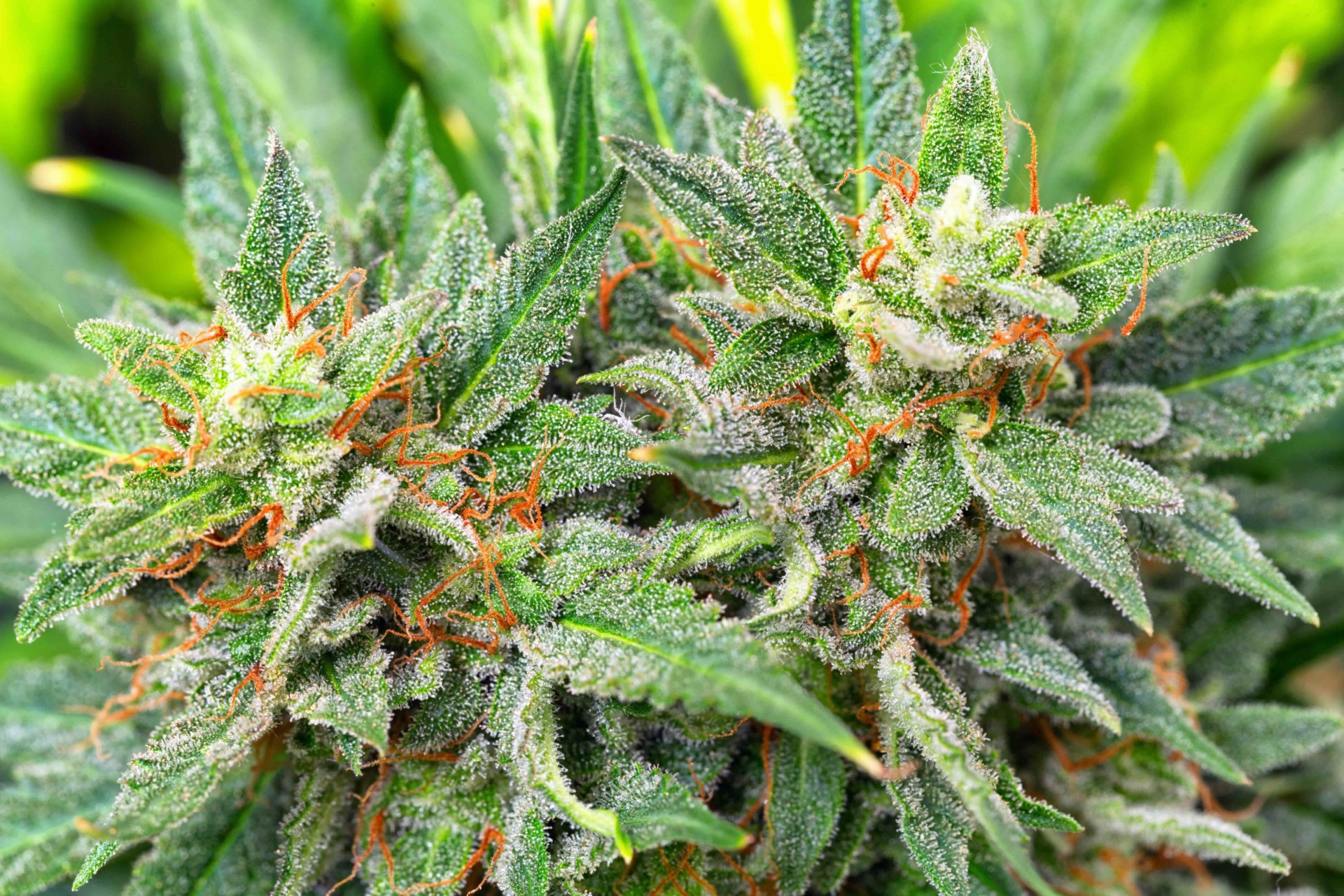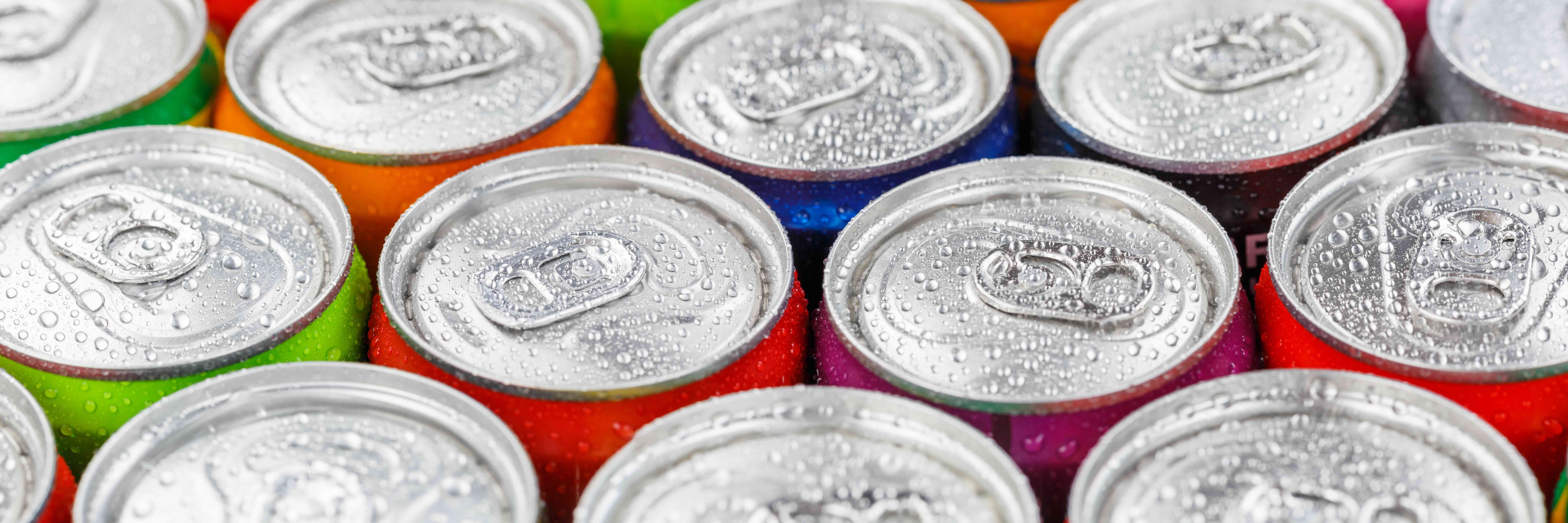
Understanding the Three-Tier Alcohol System in the United States
In the United States, the distribution of alcoholic beverages is governed by a regulatory framework known as the three-tier system. Established in the wake of Prohibition, this system was designed to promote responsible alcohol sales, prevent monopolies, and ensure fair competition within the industry.
Understanding the three-tier system is essential for anyone involved in the production, distribution, or sale of alcoholic beverages. In this article, we'll explore the key components of the three-tier system and its impact on the alcohol industry.
The Three Tiers
Producer Tier: At the foundation of the three-tier system are the producers, which include breweries, wineries, and distilleries. Producers are responsible for crafting alcoholic beverages, whether it be beer, wine, or spirits. They are required to obtain federal and state licenses to operate legally and must adhere to regulations governing production, labeling, and taxation.
Distributor Tier: The second tier consists of distributors, also known as wholesalers. Distributors serve as intermediaries between producers and retailers, facilitating the transportation, storage, and sale of alcoholic beverages. They purchase products from producers in bulk and then sell them to retailers, such as liquor stores, bars, and restaurants. Distributors play a crucial role in the distribution chain, ensuring that products reach their intended market efficiently and legally.
Retailer Tier: The final tier comprises retailers, which encompass a diverse array of establishments where consumers can purchase alcoholic beverages for consumption. This includes liquor stores, supermarkets, convenience stores, bars, restaurants, and online retailers. Each state has its own regulations governing the sale of alcohol, including licensing requirements, operating hours, and minimum age requirements for purchasers.
Regulatory Framework
The three-tier system is underpinned by a complex web of federal, state, and local regulations designed to control the production, distribution, and sale of alcoholic beverages. These regulations vary from state to state, with some states maintaining strict control over the distribution and sale of alcohol, while others have adopted more liberal policies.
Key regulatory aspects of the three-tier system include:
Licensing: Producers, distributors, and retailers are required to obtain licenses from state authorities to operate legally within their jurisdiction. These licenses may come with various conditions and requirements, such as background checks, fees, and compliance with alcohol laws.
Taxes and Excise Duties: Alcoholic beverages are subject to federal and state taxes, as well as excise duties imposed on the production, importation, and sale of alcohol. These taxes contribute to government revenue and are often used to fund alcohol regulation and public health programs.
Distribution Restrictions: Many states have laws in place that restrict or regulate the distribution of alcoholic beverages, including limitations on the issuance of licenses, restrictions on the sale of certain products, and prohibitions on direct shipments to consumers.
Impact on the Industry
The three-tier system has both benefits and drawbacks for producers, distributors, retailers, and consumers within the alcohol industry.
Benefits
Regulatory Compliance: The three-tier system helps ensure compliance with alcohol laws and regulations, reducing the risk of illicit or underage sales.
Market Access: Distributors provide producers with access to a wide network of retailers, helping to expand their market reach and increase sales.
Consumer Choice: By promoting competition among distributors and retailers, the three-tier system offers consumers a diverse selection of alcoholic beverages from around the world.
Drawbacks
Distribution Challenges: The three-tier system can create inefficiencies and bottlenecks in the distribution chain, leading to higher costs and longer lead times for producers and retailers.
Limited Flexibility: Producers may have limited control over how their products are marketed and sold, as distributors and retailers often dictate pricing, placement, and promotion strategies.
Fragmented Market: The patchwork of state regulations governing alcohol distribution can create barriers to entry for producers seeking to enter new markets, leading to a fragmented and disjointed market landscape.
Conclusion
The three-tier system remains a cornerstone of alcohol regulation in the United States, shaping the way alcoholic beverages are produced, distributed, and sold across the country. While it offers benefits such as regulatory compliance, market access, and consumer choice, it also presents challenges related to distribution, flexibility, and market fragmentation. As the alcohol industry continues to evolve, stakeholders must navigate the complexities of the three-tier system while seeking opportunities to innovate and adapt to changing market dynamics.





